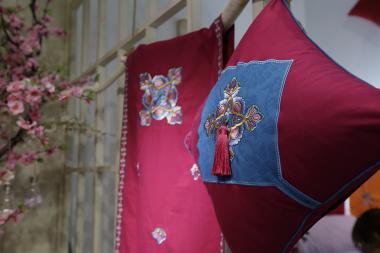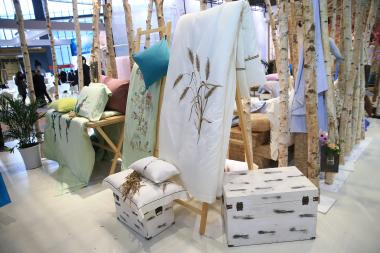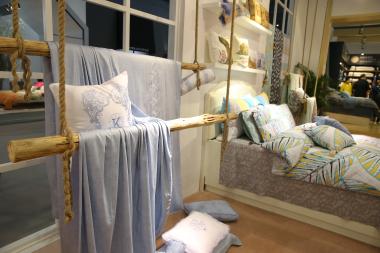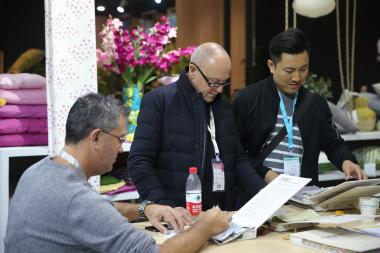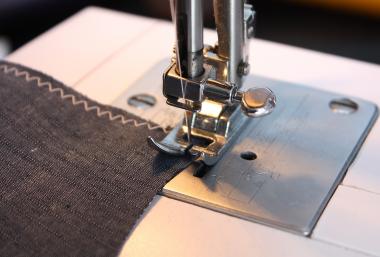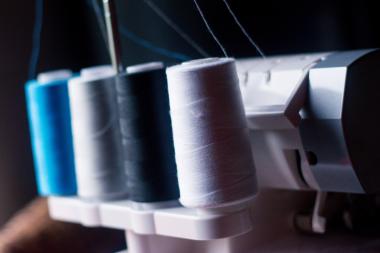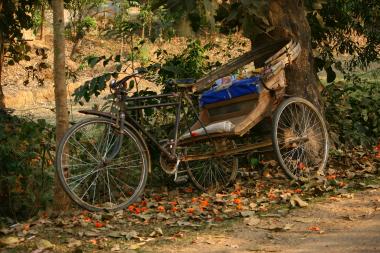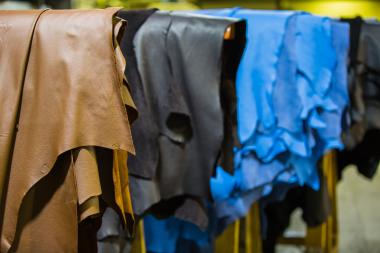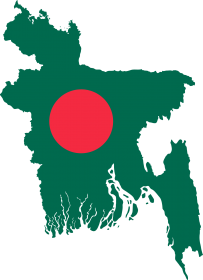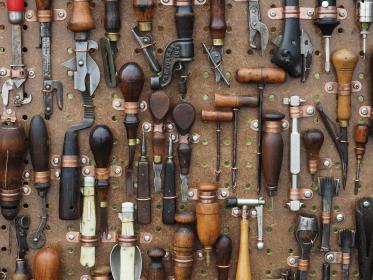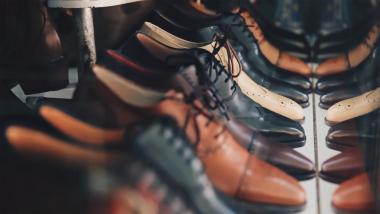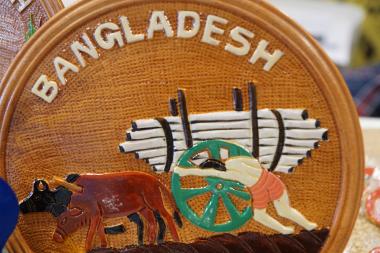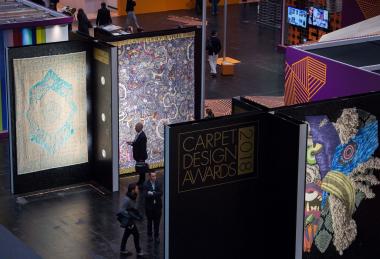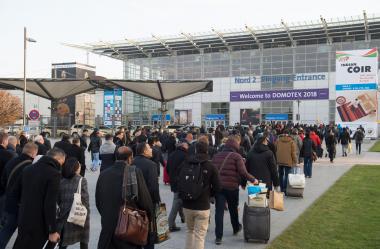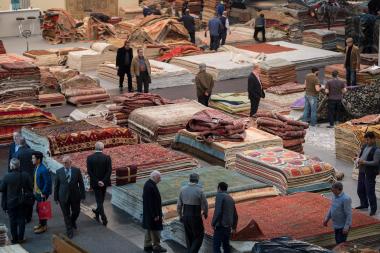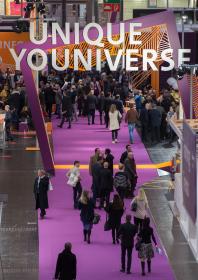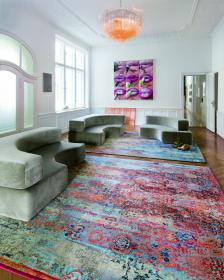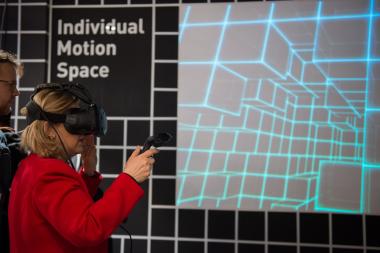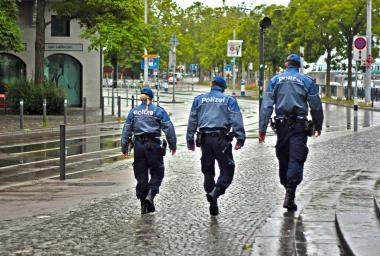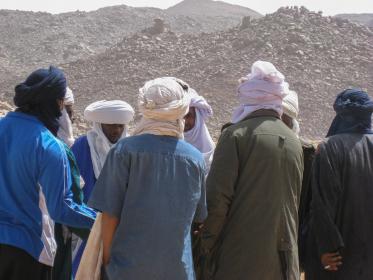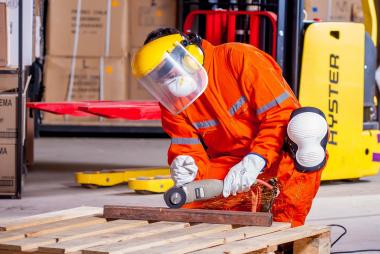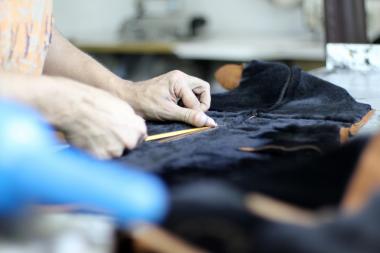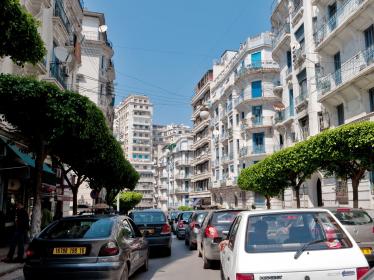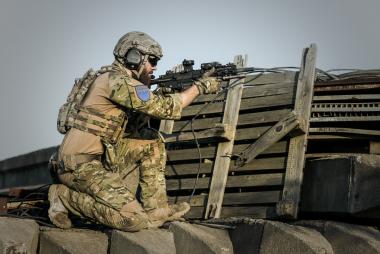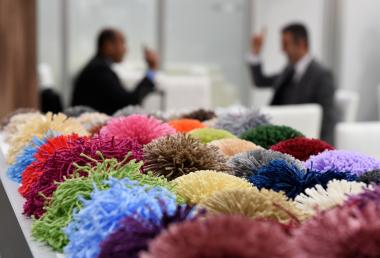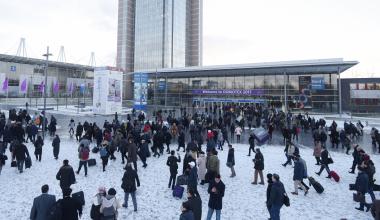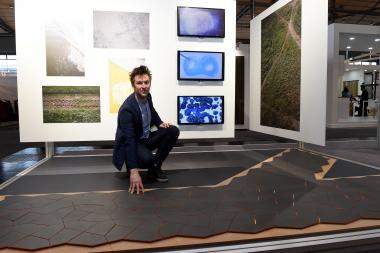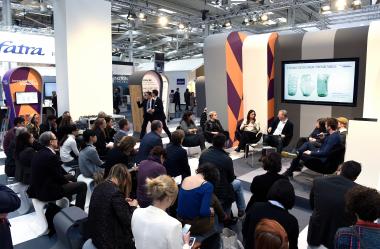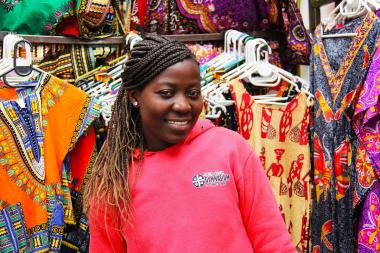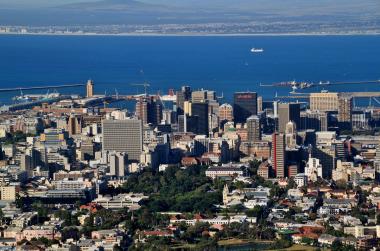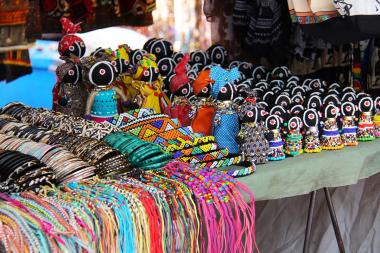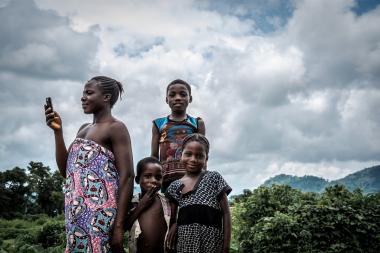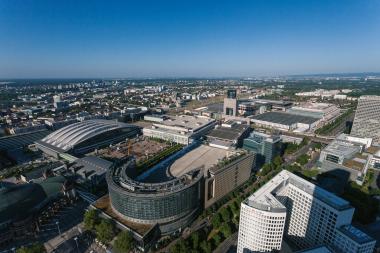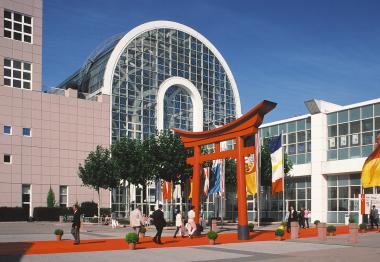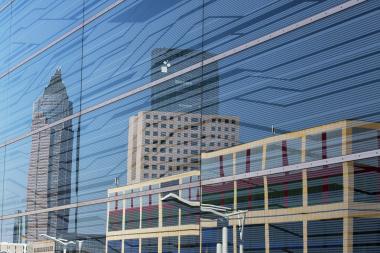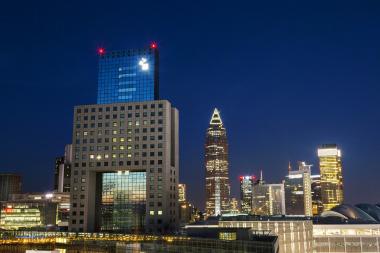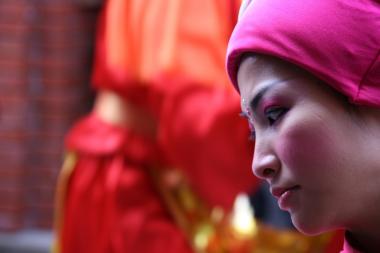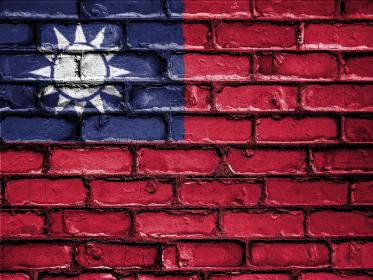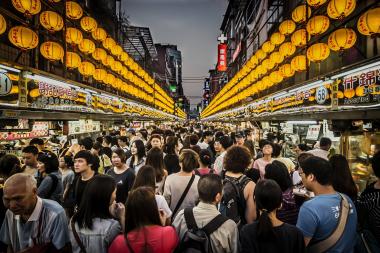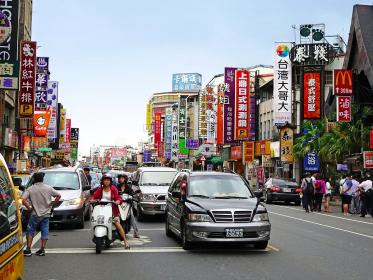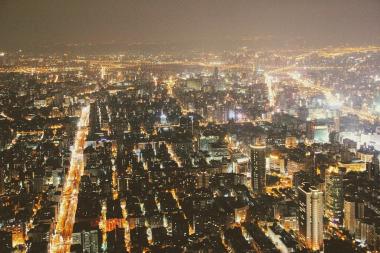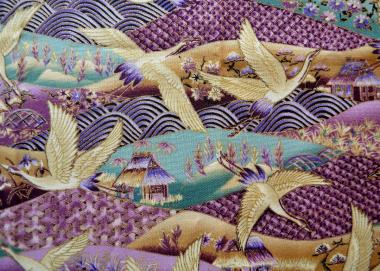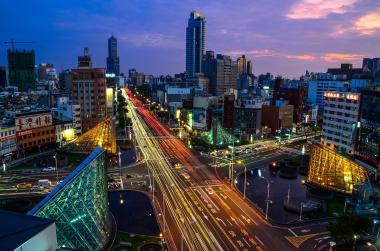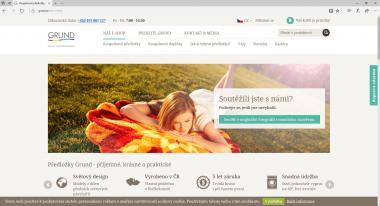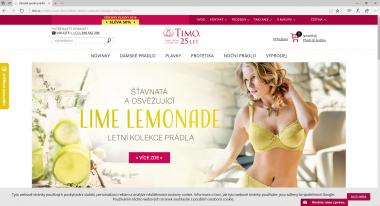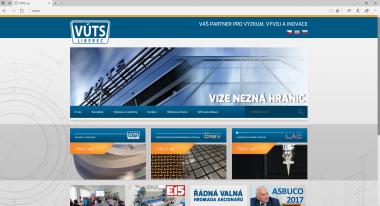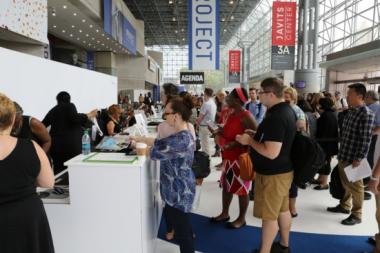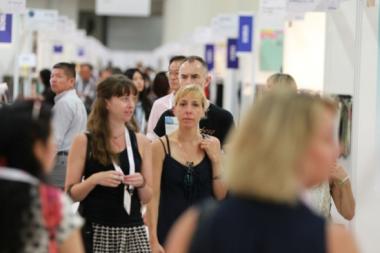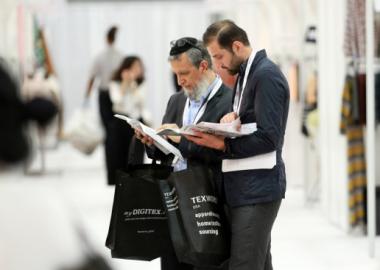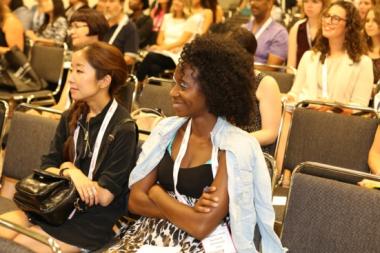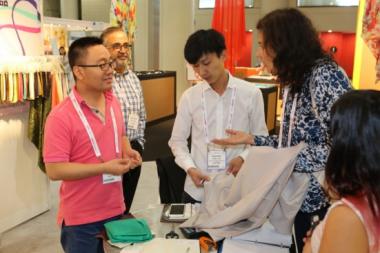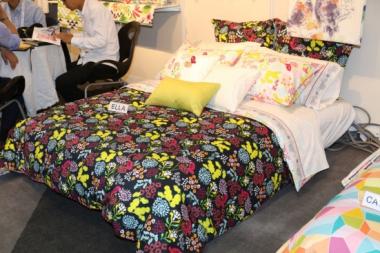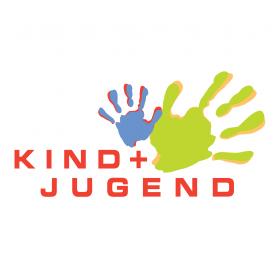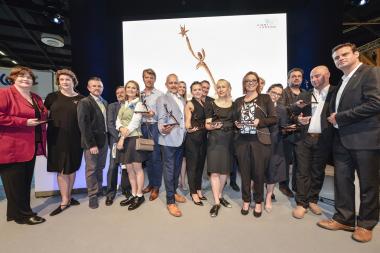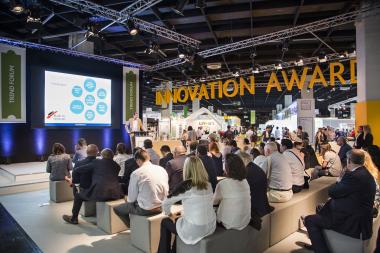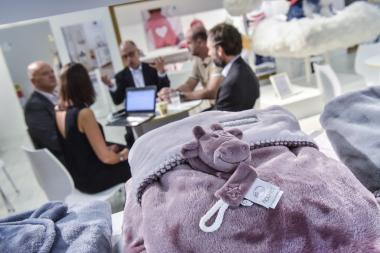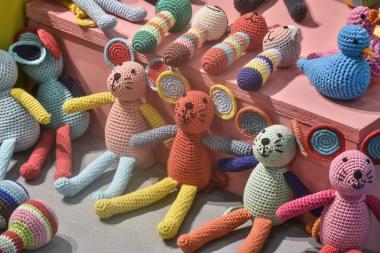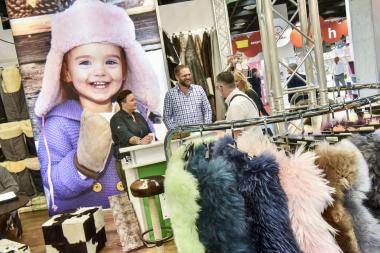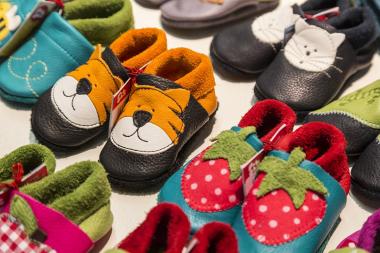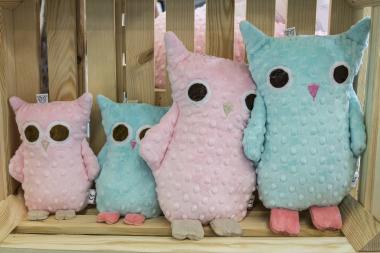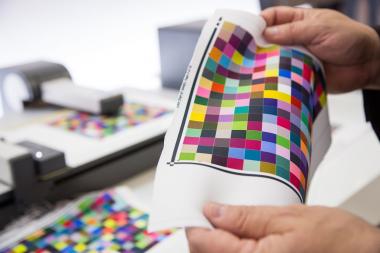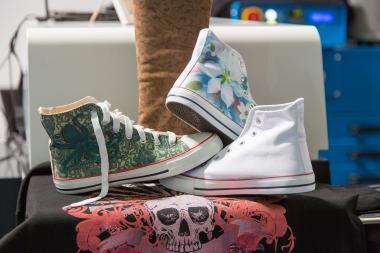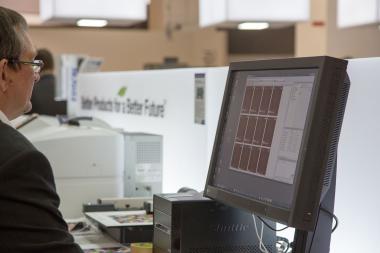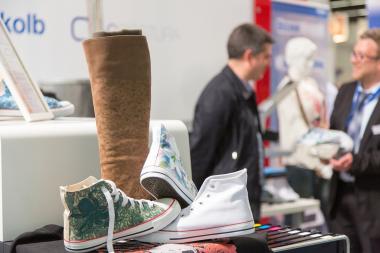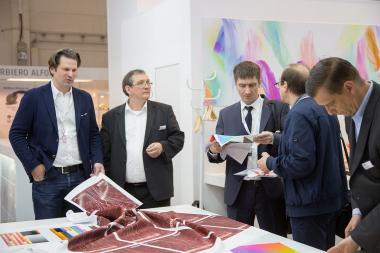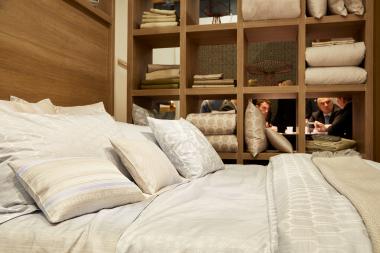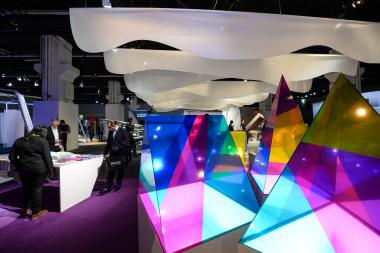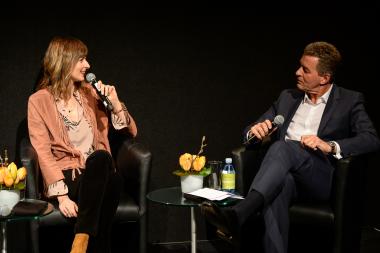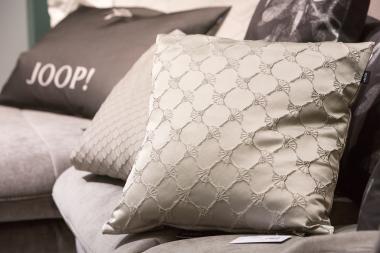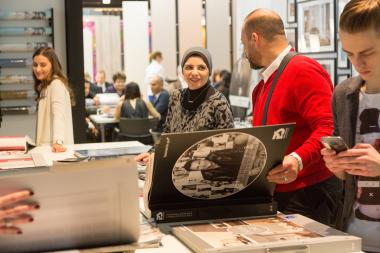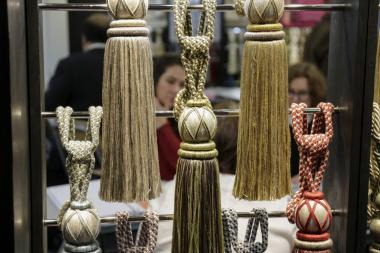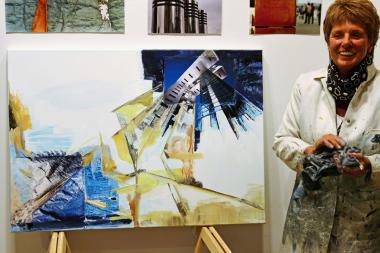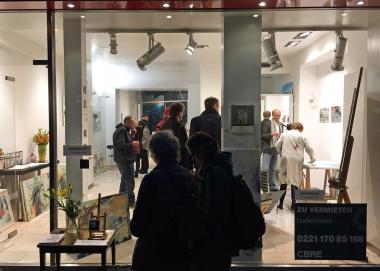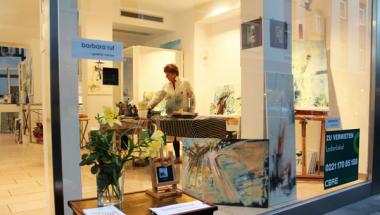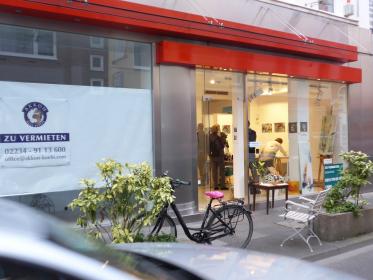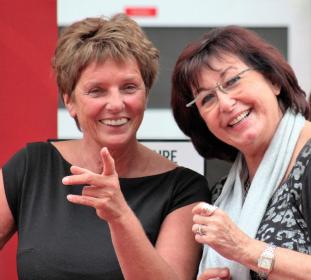INTERTEXTILE SHANGHAI HOME TEXTILES SPRING: OCCASION FOR CONCRETE BUSINESS OUTCOMES AND BRAND BUILDING IN CHINA
- Quality suppliers satisfied buyers with a wide range of sourcing needs
- Fringe programme brought insights to fairgoers
The 2018 Spring Edition of Intertextile Shanghai Home Textiles concluded last week with positive business outcomes generated. Being held during the peak sourcing season for home textiles finished products in China, the three-day show attracted 12% more buyers than last year. A total of 20,870 visitors (2017: 18,596) from 68 countries and regions came to source a wide range of finished products including bedding, towelling and table & kitchen linen. 232 exhibitors from 11 countries and regions (2017: 204, eight countries and regions) including well-known international brands such as Cotton Council International and Asahi Kasei as well as domestic big names like Ruyi, Sunvim and Yueda participated and praised the show as one of the most effective trade platforms at this time of the year for home textiles industry.
“Thanks to the revitalised market conditions in China and the increased number of buyers, our exhibitors have had a successful show. Not only did they receive onsite orders and make contact with new clients, but they also valued Intertextile Shanghai as a channel to build up their brand so as to expand their business network in China. Apart from the stronger Chinese market, another reason for the buyer increase this year was the large growth of the four concurrent fairs. This resulted in a more diverse buyer profile with increased demand from different textile industry sectors,” Ms Wendy Wen, Senior General Manager of Messe Frankfurt (HK) Ltd said.
Exhibitor opinions:
Mr Wang Si Qi, Representative of Fibers Sales Dept, Asahi Kasei Advance (Shanghai) Co., Ltd, Japan
“We came to the fair to gain exposure and to promote our brand. Since our products are rare in the market and are a perfect substitution for traditional materials, most of the buyers that visited our booth were interested. We succeeded in promoting our brand and letting more industry players know about it. We are really satisfied with the visitor number. People from different sectors with different products in different price ranges are all here. It does help increase our reputation in the industry.”
Ms Allisa Lau, Senior Manager, Chain Supply, Chain & Consumer Marketing, Cotton Council International, USA
“We are happy with the visitor number this year as we made contacts with a lot of manufacturers. Most of them are our target users. The fair has always been helpful for our Council as we can connect with existing clients and explore potential new customers at the same time.”
Mr Trevor Beuth, Managing Director, The Australian Alpaca Bedding Company Pty Ltd, Australia
“We exhibit in Intertextile Shanghai because I believe that it is the premier show in Asia at this time of the year, and it has a wide global reach too. We hope to establish our brand and reputation here at the fair and in China. Our products received very strong interest from Chinese buyers. Overall, we had a very busy show and we are satisfied. We have worked with some major Chinese companies and they came to see us again this edition, but nearly all of the visitors that have come to our booth this time are new to us.”
Mr Tetsuo Tosaki, Manager, Tamurakoma & Co., Ltd, Japan
“The reason we come here is that it’s the largest show in Asia at this time of the year, and the Intertextile brand is very famous in Japan. We met almost 100 customers every show day, including manufacturers, brand traders and wholesalers. This show helps us to know our customers better and expand our business in China. The Chinese market is developing rapidly in recent years, so attending this show is a good start for us and the result is beyond my expectation.”
Mr Sunwei, Marketing Manager, Shanghai Yueda Xiangyun Home Textile Co., Ltd, China
“Among our visitors, 80% are our existing clients who placed orders directly and the remaining ones are new clients who are interested to be our franchisees. It is surprising that we have received such a huge amount of orders in just two show days. Nearly 90% of our existing clients we met at the show placed orders, and we’ve met more than 10 potential franchisees. This is really a fruitful show as it helps us to connect with old customers and establish new business.”
Mr Gao Qi, District Manager, Sunvim Co., Ltd, China
“This edition we showcased towelling and bedding products especially designed for the 2018 spring season. Intertextile Shanghai is one of the most important platforms for us to launch new products for the year. On the one hand, many suppliers and brand buyers are looking for new items during this peak sourcing season. On the other hand, many quality buyers and decision makers are invited to the show. The visitor flow is high so we can both enhance our brand popularity and receive orders after the show.”
Quality suppliers satisfied buyers with a wide range of sourcing needs. While exhibitors were delighted about meeting new customers and receiving orders on the spot, international and domestic buyers also appreciated the wide range of products they discovered at the fair.
Buyer opinions:
Mr Anil Miglani, President, SawHill Intl Ltd (Toronto), Canada
“The show has always been a satisfying one as we can meet some interesting and potential suppliers every time. So far, we’ve found two to three exhibitors that we look forward to working with. As a Chinese fair, Intertextile Shanghai is highly recommended as the exhibitors, domestic ones in particular, are of good quality and friendly to foreign visitors. The product range on offer is getting wider and wider, so I come to this show every year to look for potential Chinese suppliers.”
Mr Abdelkrim Boussehra, Yiwu Mingyu Import & Export Co., Ltd, Morocco
“This is my first time attending this fair. I didn’t know any of the Chinese brands here beforehand, but I think the quality of their products is really good. I met two machine suppliers, TPET & Richpeace, and will place orders with one of them. I’ve been to several shows in China, and I think this one is an effective sourcing platform because I can find everything I want.”
Mr Paul Chen, Business Supervisor, Jiangsu Yueda Hometex R and D Co., Ltd, China
“Compared to the previous editions, there are more and more high level and innovative products. Big domestic brands like Mercury, Goldsun and Bermo are all here and we are interested to work with them. This is an excellent platform that facilitates our sourcing with these exhibitors all under one roof.”
Fringe programme brought insight to fairgoers
Apart from concrete business outcomes, the fair’s fringe programme, including the Intangible Cultural Heritage Zone and a series of forums, further enriched the three-day show. Fairgoers were fascinated by the presentation of unique and traditional textile production and processing techniques from Chinese ethnic minorities in the Heritage Zone. While the forums that discussed topics from consumption upgrade to the newest technology applications were another success as they provided extra opportunities for industry players to share their insights and learn the latest developments.
The next Intertextile Shanghai Home Textiles fair, the 2018 Autumn Edition, will be held from 27 – 30 August at the same venue. Intertextile Shanghai Home Textiles – Spring Edition is organised by Messe Frankfurt (HK) Ltd; the Sub-Council of Textile Industry, CCPIT; and the China Home Textile Association (CHTA).
Intertextile Shanghai Home Textiles, China, home textiles market Intertextile Home Intertextile Shanghai Home Textiles
Messe Frankfurt (HK) Ltd.


